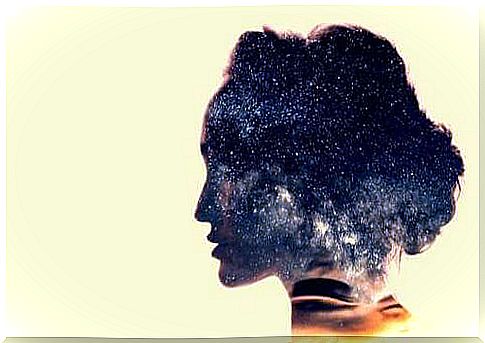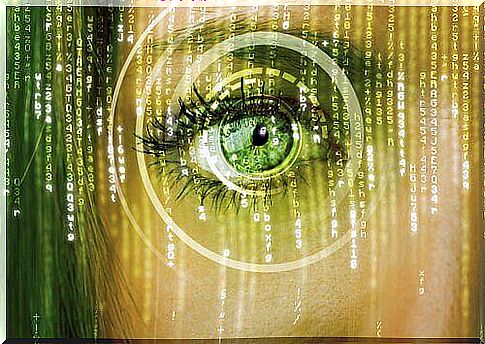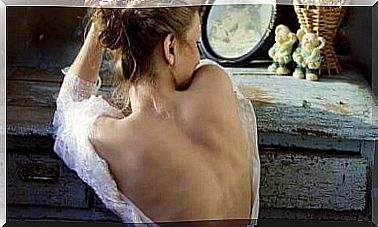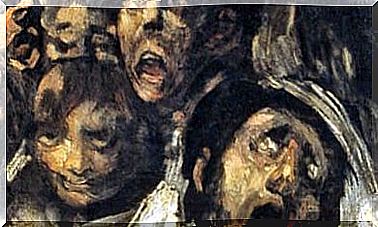Perception Of Reality According To Hilary Putnam

One of the questions that most concern man concerns the perception of reality. Millions of people are asking: c onosciamo reality? Is it possible to know what is true and what is not ?
Philosophy of thought has approached the question from different points of view. In this article we will present the thinking hypothesis developed by Hilary Putnam, one of the most important contemporary philosophers.
Two examples of the perception of reality
Imagine that the human brain is immersed in a bucket full of a fluid capable of keeping it alive. The nerve endings are connected to a super computer whose function is to send electrical impulses.
These impulses cause the brain to experience a false reality in which everything seems perfectly normal, as the computer simulates reality.
The question of who creates the computer and its intentions can be addressed at another time, the point is that neither the words of the thought nor the mental images represent what it is about. Complicated? Let’s take another example.
This time let’s imagine that a group of extraterrestrials who know absolutely nothing about the earth see the image of a cat.
They can advance theories about what it is, formulate hypotheses about its origin, but they will never know what it represents because they have never experienced the reality of what a cat is.

Parallelisms with reality
Like aliens, if our brains had never left the bucket, it would never have experienced reality. Immersed in a prison of thought, his senses would have known only the deceptions of that simulated reality.
Of course, what the brain experiences recognizes as true, but the perception of reality is very different: nothing it feels is real because everything is the product of a programmed simulation.
Matrix and the simulation of reality
Isn’t this theory reminiscent of the movie The Matrix ? The protagonist, Neo, discovers that the world he thought he lived in is nothing more than a virtual simulation to which he is connected via a cable inserted into the brain.
The millions of people who live connected around it are treated the same way to power the machines. This collective illusion is known as the Matrix, whose translation is “matrix”.

Perception of reality: do other people exist?
Starting from the hypothesis of the brain in the tank, doubts can also arise about who the others are. If they are also part of a simulation, we cannot be sure of their existence. This approach is known as solipsism.
Regardless of the veracity of the perception of reality we experience, we feel it as real. If one day our head hurts, we really feel this pain. Although these hypotheses are unlikely, it is also true that they are impossible to refute.
You have to be careful, because depersonalization can lead to insanity, as in the case of 19-year-old Joshua Cooke, who took a 12-gauge rifle and shot his father seven times and his mother twice. After killing them, the young Cooke called the police explaining what he had done and waited for them on the porch of the house while having a drink.
When the investigation began, the agents already knew that Joshua had an obsession with the Matrix . The walls of his room were lined with posters from the film and he often wore a cloak and black robes to imitate the characters.
In her statement she said she was in a virtual world, in a Matrix- like reality , and that her parents weren’t real. This is just a taste of what a fragmented mind can do.
Not knowing if the reality we perceive and feel is real is one of the greatest enigmas for man, because it implies the questioning of everything he lives, of those around him and of himself.








